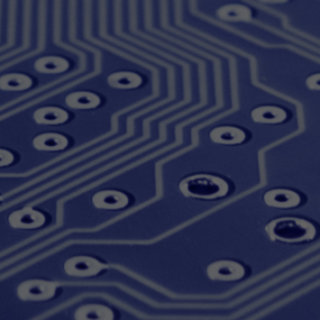The deep sea is one of the most fascinating environments on Earth. However, most of the deep sea remains uncharted territory due to its extreme conditions. To explore the deep sea, a large and expensive robot is needed which has to be deployed and operated from an even more expensive ship.
This has two reasons. The first reason is that the robot needs to be controlled remotely because the robot has to be able to do precise movements with its arms. However, seawater blocks most types of communication which means they use a tether from the robot to the ship which has to be held into place. Keeping the ship in place uses a lot of fuel and the crew and operators aren’t cheap either. The other reason is that the robots' tether is heavy and thus requires the robot to have strong thrusters to move itself, making the robot bigger.
The plus point is that these robots can do everything. They have arms that can be used to manipulate objects, take samples, catch fish or even repair structures. However, sometimes you just want to take a look. In that case such a robot is overkill.
This is where LOBSTER comes in. We aim to make deep sea inspection, prospecting, and research accessible by developing a small, fast, low cost and autonomous deep sea robot that can reach the seabed quickly, take pictures, make measurements and return to the surface. We are using our first advanced prototype for testing. Our goal is to have a robot that is able to reach a depth of 2 kilometres by the end of January 2019.
